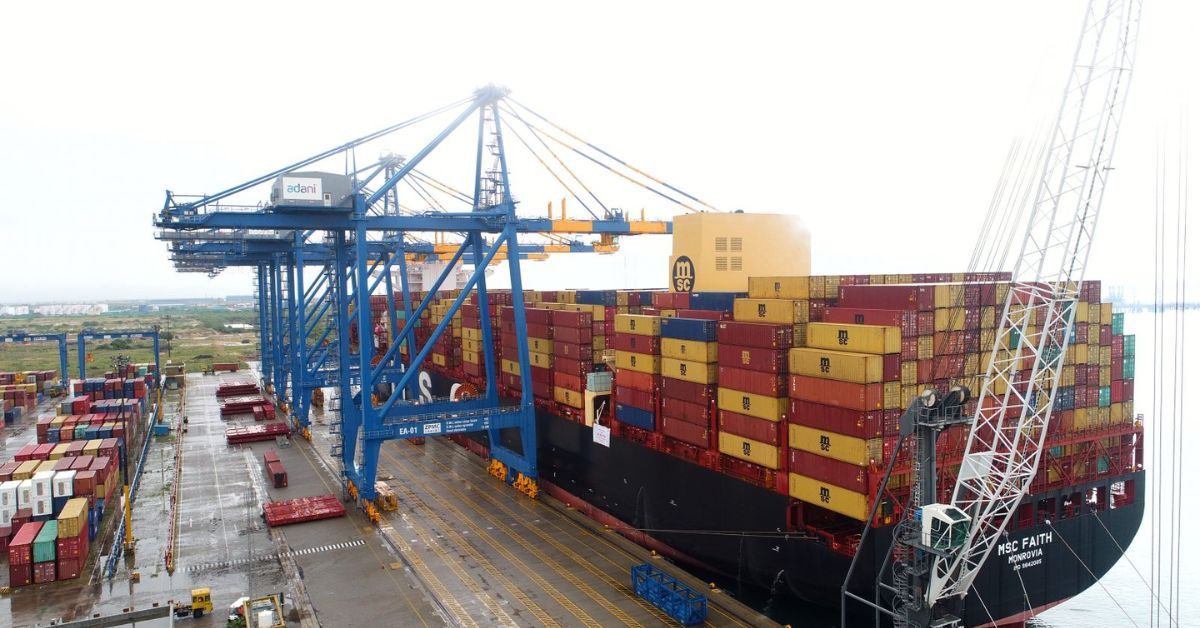Source: Container News
Targeted investment and conversion to alternative-fuel propulsion systems will be inadequate to achieve the mandated 20% reduction by 2030, but net zero by 2050 remains within reach—barely—if 5% to 17% of the industry’s fleet is converted to zero emission fuels (such as ammonia, methane, or hydrogen) by 2030 and 84% to 93% is converted by 2050.
Reaching that goal will require up to US$1.4 trillion in investment, with the cost burden borne by both carriers and energy suppliers and, ultimately, by shippers and end users. AlixPartners said: “But none of the required investment and emissions reductions will occur without powerful incentives and sanctions to change the behavior of carriers and shippers alike. That won’t happen easily or overnight.”
AlixPartners estimates that container ships emitted approximately 230 million tonnes of carbon dioxide in 2023, which saw a total of 1 billion tonnes of carbon dioxide emitted from all shipping segments.
Describing the figure as “dangerously high and climbing”, AlixPartners said that the Red Sea crisis and the consequent rerouting of ships on longer distances via the Cape of Good Hope will only exacerbate the situation.
The consultancy said: “The war in the Middle East has all but eliminated the Red Sea and the Suez Canal from the route map of the major container lines. Traffic has been rerouted around the Cape of Good Hope, in the process creating persistent equipment and space imbalances; degrading reliability; driving steep rate increases for cargoes originating in Asia; hampering the growth of the fastest-growing trade route between Asia and the US East Coast; and stoking a disastrous rise in carbon dioxide emissions.”
Far from declining on the way to a mandated 20% reduction in carbon dioxide emissions by 2030, the shipping industry’s combined emissions will rise sharply in 2024 as liners forgo the Red Sea for the Panama Canal, which will add roughly 30% to the length of their voyages.
The worst-case scenario has industry emissions approaching 350 million tonnes by 2050, assuming that there is no intervention by governments, shippers, consumers, and industry groups.
Cross-border regulatory changes are difficult to develop and coordinate, especially given that different countries’ governments are adopting different strategies to tackle climate change and the issue takes differing priority levels among governments. AlixPartners said: “Container shipping is not a top-of-mind priority even for climate activists, since most oceangoing activity takes place out of sight of consumers and consequently claims little of their attention.”







